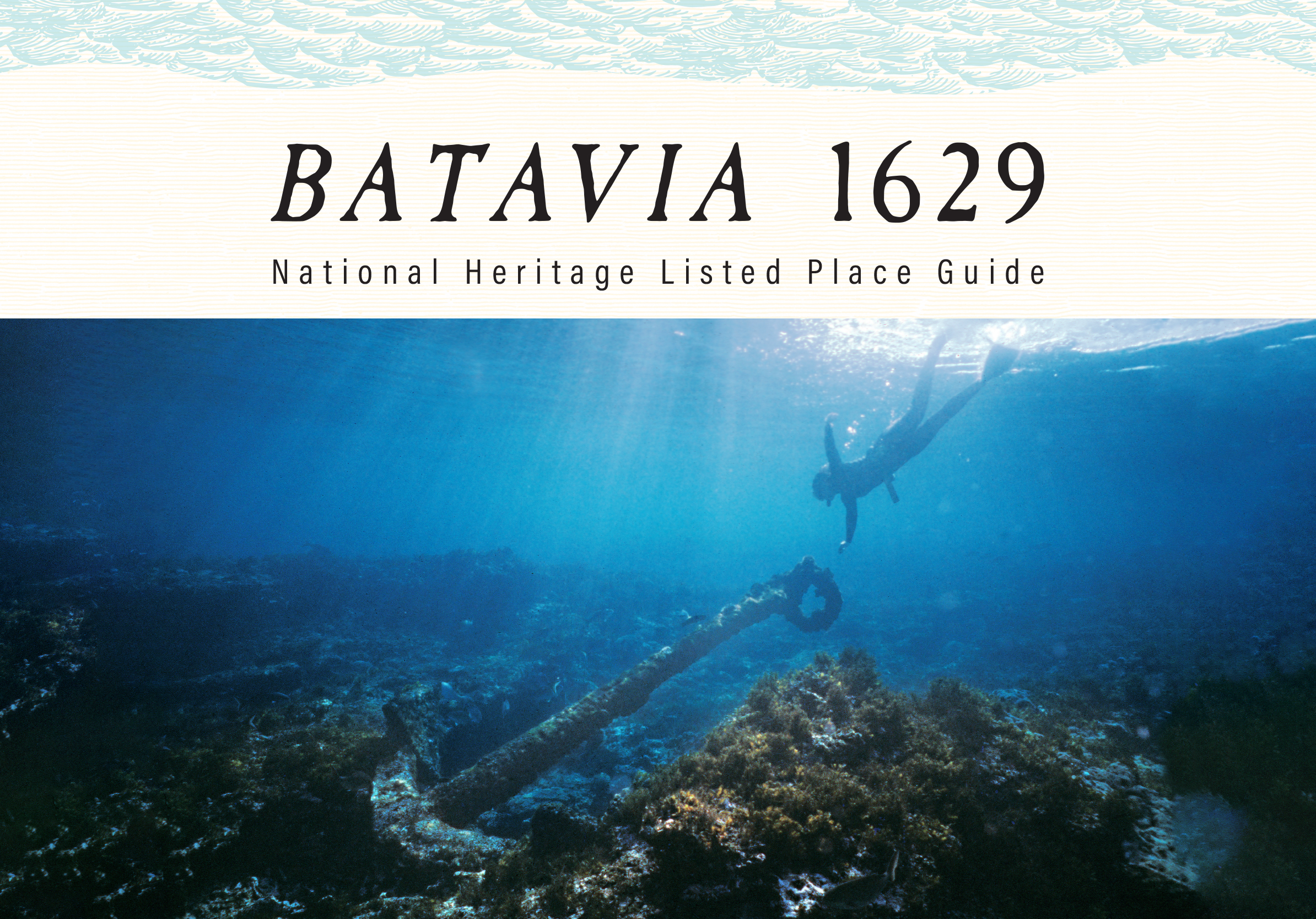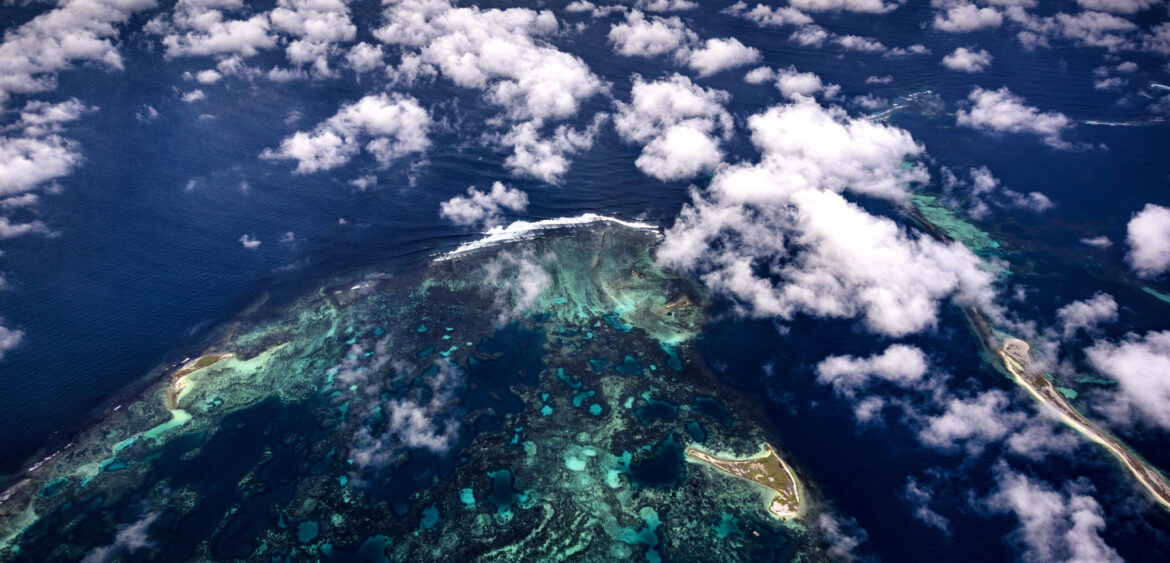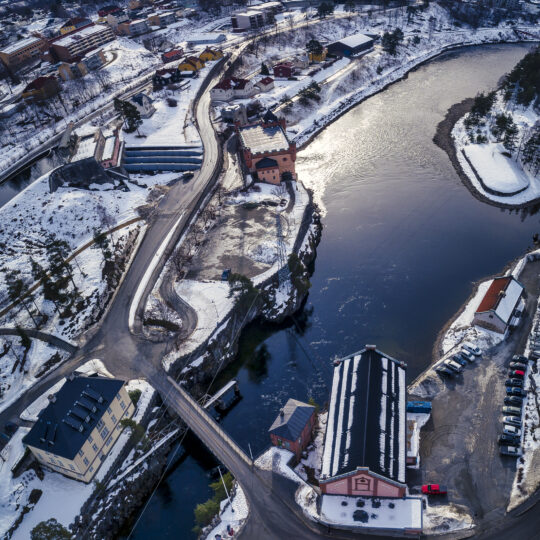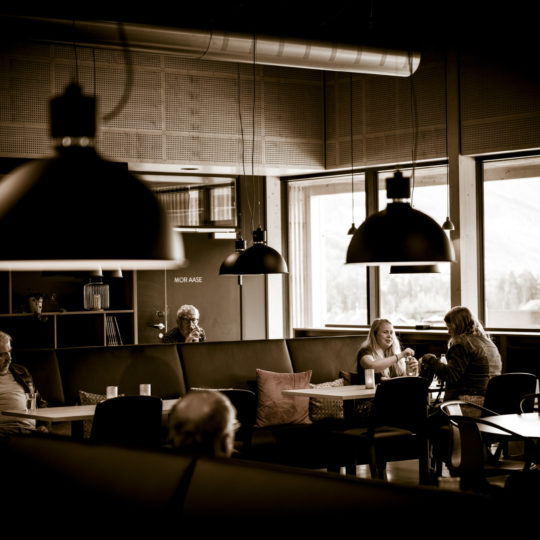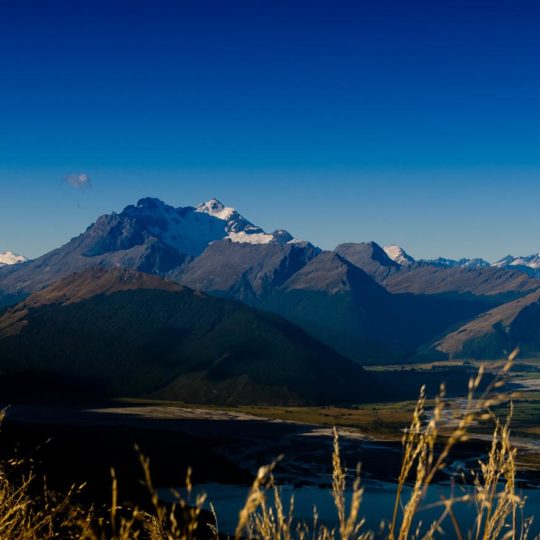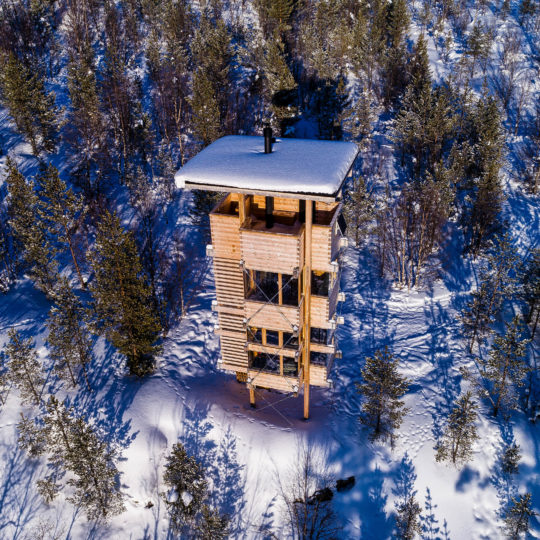A Most Extraordinary Journey
The Western Australian Museum has just released the enhanced e-book Batavia 1629 - National Heritage Listed Place Guide. I was honoured to be approached by the museum to both design and create this book (a first for the WAM) and to provide my images of these islands to illustrate parts of the book.
This release is a milestone project for me, and I am delighted to now share the result of six months work. The book is a team project and I have loved working with museum curatorial staff and archaeologists to create a modern and innovative way of telling a horrific story.
In December 2021 I made my first trip out to the Abrolhos Islands. It was astounding.
I felt like I had arrived on a holiday island, but at the same time it was mixed with sheer horror. It’s such a juxtaposition. When you stand on Beacon Island you then, and only then, realise how small that island is. I had the sun on my face but there was this shadow behind me all the time – the shadow of so many people that had succumbed and were still there.
I looked across to Long Island and it really struck me that there was such a thin white line between life and death – death from the sea or human monsters – safety over on that thin white line – the same place that the protagonists in this drama ultimately met their death.
In May 2022, with the door off an aeroplane and a pilot that understood my needs I set off both early morning and late afternoon on two totally different weather days. I knew the beautiful summer holiday images I had from December were only a very small part of the story that is these islands.
In a window of five minutes one early morning, those souls below appeared and gave me everything that these islands and this historical narrative represent. The calm of a new morning, the sombreness of lower clouds and shade, and then a brief moment of sun. Hope that must have been in the minds of all those that had stood in this very place below me, nearly 400 years earlier.
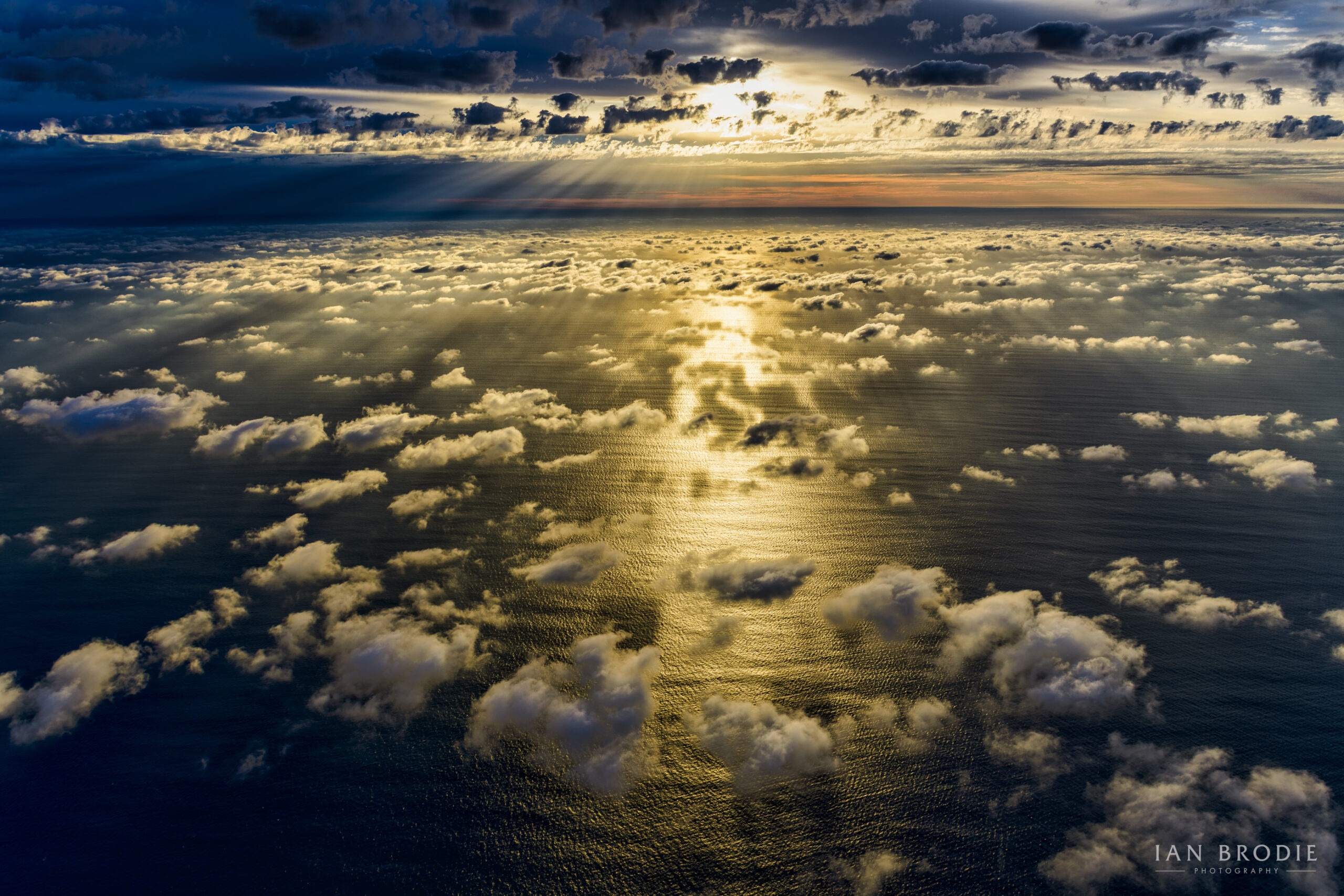
I wanted to capture the spirit of the Abrolhos Islands through my lens to reflect both the beauty and the sombreness. An early morning flight provided both.
Murder in Paradise
Batavia was a ship of the Dutch East India Company (VOC). Built in Amsterdam in 1628 as the company's new flagship, she sailed that year on her maiden voyage for Batavia, capital of the Dutch East Indies. On 4 June 1629, Batavia was wrecked on the Houtman Abrolhos, a chain of small islands off the western coast of Australia.
As the ship broke apart, approximately 300 passengers made their way ashore with 40 others drowning in their attempts. The ship's commander, Francisco Pelsaert, sailed to Batavia to get help, leaving merchant Jeronimus Cornelisz as the most senior Dutch East India Company official in charge. Cornelisz sent about 20 men under soldier Wiebbe Hayes to nearby islands under the pretense of having them search for fresh water, abandoning them there to die. He then orchestrated a massacre that, over the course of several weeks, resulted in the murder of approximately 125 of the remaining survivors, including women, children and infants; a small number of women were kept as sex slaves, among them Lucretia Jans, who was reserved by Cornelisz for himself.
Meanwhile, Hayes' group had unexpectedly found fresh water and, after learning of the atrocities, waged battles with Cornelisz's group. In October 1629, at the height of their last and deadliest battle, they were interrupted by the return of Pelsaert aboard the rescue vessel, Sardam. Pelsaert subsequently tried and convicted Cornelisz and six of his men, who became the first Europeans to be legally executed in Australia. Two other henchmen, convicted of comparatively minor crimes, were marooned on mainland Australia, thus becoming the first Europeans to permanently inhabit the Australian continent. Of the original 341 people on board Batavia, only 122 made it to the port of Batavia.
Associated today with "one of the worst horror stories in maritime history", Batavia has been the subject of numerous published histories, the earliest dating from 1647. Due to its unique place in the history of European contact with Australia, the story of Batavia is sometimes offered as an alternative founding narrative to the landing of British convicts in Sydney. Many Batavia artifacts, including the ship's stern and skeletal remains from the massacre, are housed at the Shipwreck Galleries in Fremantle, Western Australia, while a replica of the ship is moored as a museum ship in Lelystad in the Netherlands.
(Courtesy Wikipedia)
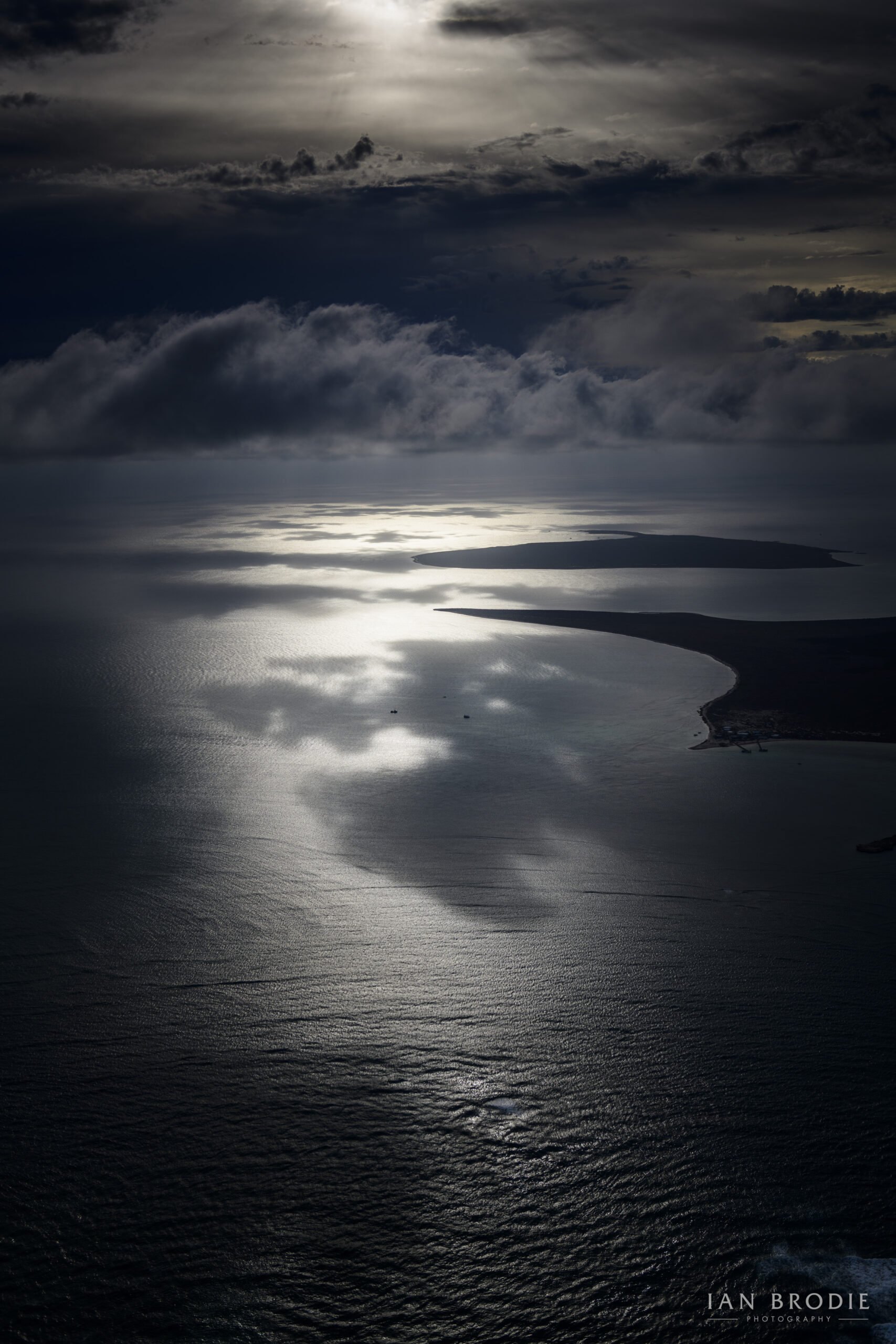
Batavia 1629
National Heritage Listed Place GuideWestern Australian Museum Press Release
On Friday 9 September, the Western Australian Museum will launch an innovative and interactive digital experience, which brings together almost 400 years of one of Australia’s most notorious events – the wreck of the ship, Batavia, in 1629.
The Batavia 1629: National Heritage Listed Place Guide is the first interactive e-book produced by the Western Australian Museum.
The coast of Western Australia has seen hundreds of shipwrecks over centuries, but there is none more notorious than the Verenigde Oostindische Compagnie (VOC) or Dutch East India Company ship Batavia which wrecked on Morning Reef in the Houtman Abrolhos Islands on 4 June 1629.
The Batavia 1629 e-book takes readers on Batavia’s first and final voyage, its wrecking at the Houtman Abrolhos Islands, and the aftermath of mutiny and massacre in which more than 100 shipwreck survivors were murdered by mutineers led by Jeronimous Cornelisz.
Western Australian Museum Head of Culture and Communities, Catherine Belcher said the immersive platform also gives readers a comprehensive behind-the-scenes look at the Museum’s fieldwork and research.
“It utilises rarely seen historic photography from the Maritime Heritage collections, 3D models, animations and audio-visual content, to re-interpret and re-present the extraordinary stories of Batavia to new audiences.” said Ms Belcher.
An essential experience for anyone interested in the Abrolhos Islands National Park, Batavia 1629 reviews and explains the archaeological evidence collected by the Museum from more than 20 expeditions and recent research and discoveries.
Readers can explore the stories that interest them, in the way they want, thanks to the interactive content pages and innovative e-book format design by designer and photographer Ian Brodie.
Western Australian Museum Chief Executive Officer, Alec Coles said the Batavia wreck site and survivor camps were listed on the National Heritage List (NHL) in 2006 which recognises and protects natural, historic and Indigenous heritage places that have outstanding significance to the nation.
“For more than 50 years, the Museum has undertaken maritime archaeological work in the Wallabi Group of the Abrolhos Islands to understand, protect, conserve and share these sites, which include the underwater wreck and related survivor sites,”
“The historic, significance of the Batavia sites is extraordinary, and represents some of the earliest European contact with Australia. This e-book will help people better understand the Batavia story, and the importance of protecting this evidence.” said Mr Coles.
Travellers to the Abrolhos will be able to download the e-book ahead of their trip to gain new insight into the Batavia NHL story and gain a deeper appreciation for the protection and preservation of the sites for future generations, but you do not have to visit the site to enjoy the content of the e-book.
The Batavia 1629: National Heritage Listed Place Guide has been supported through funding from the Australian Government and will be a free, downloadable e-book available from the Museum’s website following the launch on Friday 9 September 2022.
https://visit.museum.wa.gov.au/batavia-ebook
Media Contact
Media Museum
[email protected]
